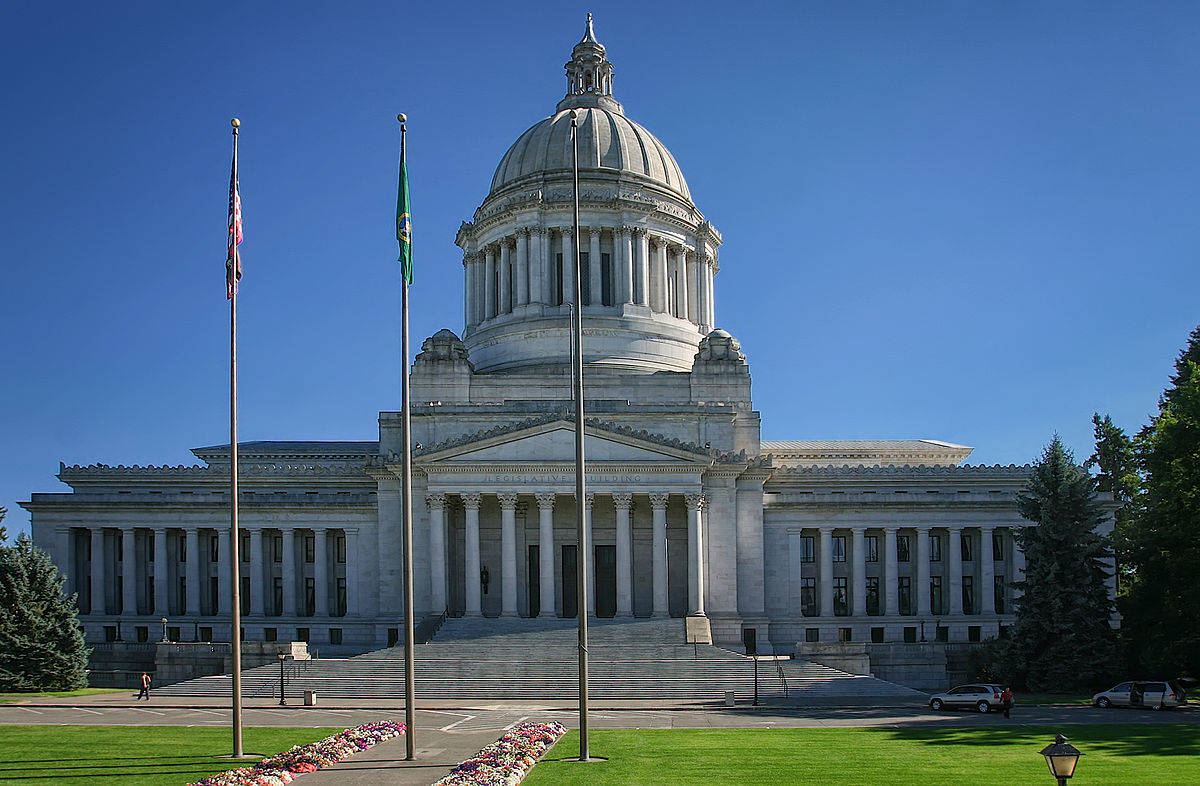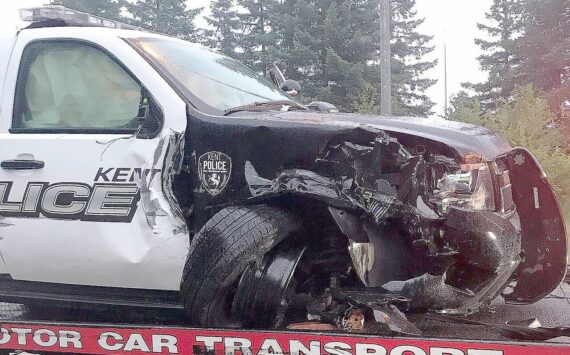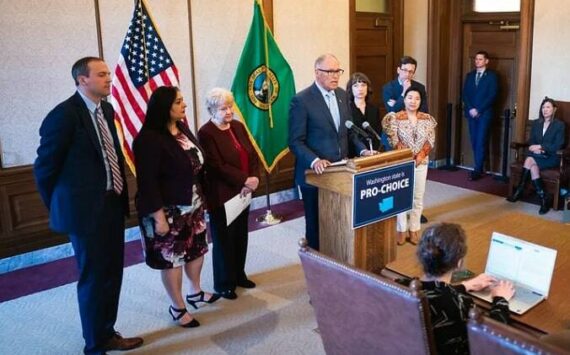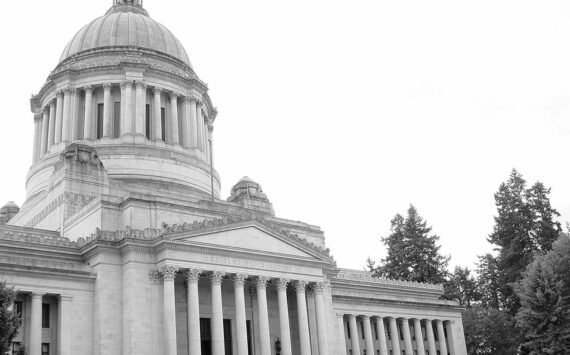The state Supreme Court wrestled Tuesday with how to deal with a Legislature that has put billions of additional dollars into education but will miss a 2018 deadline for the state to fully fund public schools.
Justices also struggled to understand what amount of money is required to achieve compliance and bring an end to the legal fight launched by families and educators known as the McCleary case.
Roughly 70 people packed the chamber for the hour-long hearing on the progress made by lawmakers in ensuring the state covers the cost of students’ basic education as required by Washington’s constitution.
Justices seemed particularly frustrated with the state’s decision to comply by September 2019, a full year later than required.
Assistant Attorney General Alan Copsey described the tardiness as “technical” because lawmakers put a “mechanism” in place to ensure funding arrives as promised.
When asked if lawmakers would finish the job in their upcoming session if compelled to do so, Copsey said that predicting what the Legislature may do “is a dangerous game I approach with trepidation.”
Chief Justice Mary E Fairhurst jumped in.
“The challenge we’ve been approaching with trepidation for six years is the Legislature’s agreement that it would be able to do it in that time frame,” she said. “We’re here today and what has been brought us is something that says, ‘We’re not going to do it all, we’ll do some and we’ll do some later.”
Copsey insisted that’s not the message.
“I would agree the full funding is not in place by the 2018 deadline but I do assert that everything is in place that needs to be in place,” he said.
Thomas Ahearne, attorney for the McCleary and Venema families who brought the original suit, countered that the state has made progress but its efforts are still shy of what the court ordered. The court should require action in the next legislative session and be prepared to impose new sanctions if lawmakers don’t act.
Justices pressed him on several occasions for a specific dollar amount the state needs to invest. Ahearne veered away from offering a hard figure, saying districts incur different costs and thus the state’s responsibility cannot be summed up into one figure.
Eventually, he said it could be up to $2.9 billion more in the current budget and suggested lawmakers could make the expenditure in the supplemental budget.
“This would be a big lift, a very big lift,” he said.
The lawsuit was filed in 2007 and the Supreme Court issued its landmark ruling in 2012 that state funding for education is not adequate, equitable or ample. The situation has forced school districts to use local property tax dollars to make up the difference, a practice justices have said is illegal. The court gave lawmakers until Sept. 1, 2018 to fix the problems.
In 2014, the court held the state in contempt for failing to submit a plan for meeting the 2018 deadline. In August 2015, with no plan submitted, the court added a $100,000-a-day sanction. Fines now total in excess of $80 million.
On Tuesday, Copsey said the contempt order should be dismissed, the sanction lifted and the case concluded because actions by lawmakers in the 2017 session provide the blueprint and funding to achieve compliance. But as a “fallback” he suggested the court end the sanctions but retain jurisdiction for two more years to make the sure the 2019 Legislature completes the task.
Ahearne said justices should “follow through on what you’ve said and show kids today that you can rely on the judicial branch. This case should come to an end when the state complies.”
Patty Venema of Snohomish attended the hearing and said afterwards she detected “a little bit more frustration from justices this year, with both sides.”
“They’re grappling with what to do,” she said. “It’s a very hard thing to judge if (the state is) in compliance or not. I don’t think they’re ready to say it’s over. I think they want to come back. (Lawmakers) had six years to come up with the funding and now they still need another two years to enact it. Justices don’t know why.”
Leaders of teacher unions in Snohomish, Everett, Lake Stevens and Mukilteo school districts also traveled to Olympia.
“The state was playing with words trying to separate out what’s been enacted and what’s been allocated,” said Justin Fox-Bailey, president of the Snohomish Education Association.
All four union leaders said they sensed justices are struggling with the proper response.
“Clearly schools are not (fully) funded,” said Denise Sontra, president of the Lake Stevens Education Association. “There was so much frustration.”
Robert Venema who joined his mom at Tuesday’s hearing, was a sixth-grader at Cathcart Elementary School when the suit was filed. He’s now a 23-year-old college student. He said he’s ready to see the litigation end.
“We all want it to be done with it,” he said. “We want it to be done correctly.”








